Event
Open Bottle - Castello di Monsanto Chianti Classico Riserva 2011
Thursday, April 14, 2016
Time: 04:00pm - 08:00pm
Type: Special Event
Location: The Wine Cabinet
Event Free
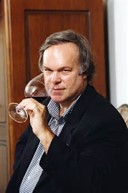
Every Thursday from 4:00 until 8:00 pm we open a special bottle of wine and offer to you at a highly discounted price.
The wines are typically 90 points or better and are discounted 20-40%. Sometimes even more! when we can get special pricing from our vendors , we pass the savings along to you!!
Come in on Thursday and sample. If you can't make it, call us and we can put some aside for you!!
(All purchases must be accompanied by a credit card.)
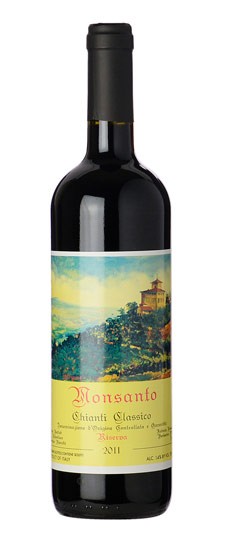 Castello di Monsanto
Castello di Monsanto
Chianti Classico Riserva 2011
Tuscany, Italy
90% Sangiovese and from 7% Canaiolo and 3% Colorino
Another Tuscan with
great pedigree!
92 Points!
Wine Spectator
"Aromas and flavors of eucalyptus, wild sage and pine mingle with cherry, tobacco and earth notes in this complex, structured red. Balanced, long and built for the long haul. Drink now through 2024."
Our Thoughts...............
 Ruby red color tending towards garnet. A rich intense and complex bouquet with notes of black cherry and spice. The palate is full bodied with rich red berry fruit flavors complimenting a backbone of tannin, Well balanced, full bodied, an exceptional compliment to red meats, roasts and big red sauces!
Ruby red color tending towards garnet. A rich intense and complex bouquet with notes of black cherry and spice. The palate is full bodied with rich red berry fruit flavors complimenting a backbone of tannin, Well balanced, full bodied, an exceptional compliment to red meats, roasts and big red sauces!
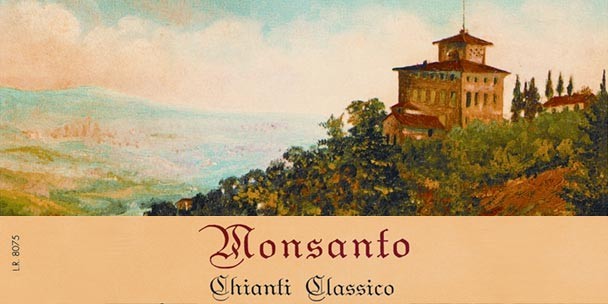 Our Regular Price $27.99
Our Regular Price $27.99
Special Sale Price Tonight
Only$16.00 a bottle
and if you buy 6 or more bottles the
price drops to $13.99!!!!
That's 50% Off!!!!
First come first served.
Call us or Click here to order
History of Castello di Monsanto …..
Aldo Bianchi, a native of San Gimignano, left Tuscany before the Second World War to seek 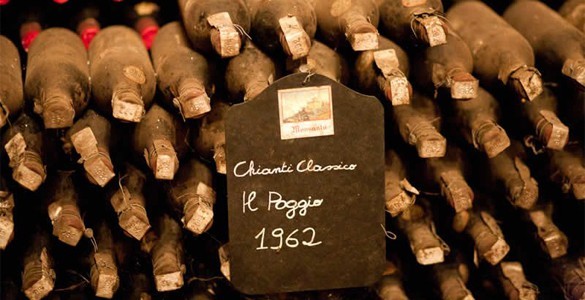 fortune in the North of Italy. In 1960, he came back to the area for a wedding and was enchanted by the view from the terrace of Castello di Monsanto: all the Val d’Elsa with the inimitable backdrop of the Towers of San Gimignano. It was love at first sight which made him buy the property within a few months. But if Aldo was bewitched by the landscape, Fabrizio, his son, immediately fell in love with the wines he found in the cellar. Thanks to a passion for wine handed down to him by his grandmother, who came from Piedmont, and to an innate entrepreneurial spirit, Fabrizio, together with the untiring help of his wife Giuliana, started to plant new vineyards and convert the numerous farmhouses….and an incredible story of love, passion and joy for wine and everything concerned with it, starts from here.
fortune in the North of Italy. In 1960, he came back to the area for a wedding and was enchanted by the view from the terrace of Castello di Monsanto: all the Val d’Elsa with the inimitable backdrop of the Towers of San Gimignano. It was love at first sight which made him buy the property within a few months. But if Aldo was bewitched by the landscape, Fabrizio, his son, immediately fell in love with the wines he found in the cellar. Thanks to a passion for wine handed down to him by his grandmother, who came from Piedmont, and to an innate entrepreneurial spirit, Fabrizio, together with the untiring help of his wife Giuliana, started to plant new vineyards and convert the numerous farmhouses….and an incredible story of love, passion and joy for wine and everything concerned with it, starts from here.
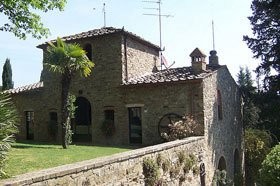 In 1962, for the first time within the area of the Chianti Classico Denomination, Fabrizio vinified the grapes from the Il Poggio vineyard: the First Chianti Classico Cru was born.
In 1962, for the first time within the area of the Chianti Classico Denomination, Fabrizio vinified the grapes from the Il Poggio vineyard: the First Chianti Classico Cru was born.
In 1968, he decided to eliminate the white grapes from the Poggio blend (Trebbiano and Malvasia), a compulsory requirement for the Specifications : a clear and net message to try and make it understood that the real richness of this land, to which the maximum attention had to be given, had to be the Sangiovese.
In the same year, much ahead of his times, he also eliminated the grape-stalk fermentation and the use, very much followed then, of the “Governo alla Toscana” (a refermentation technique adding grapes harvested later) in order to produce a wine of major complexity and balance suitable for a long ageing.
Always the more convinced in the value of Sangiovese, in 1974, he created, from the Scanni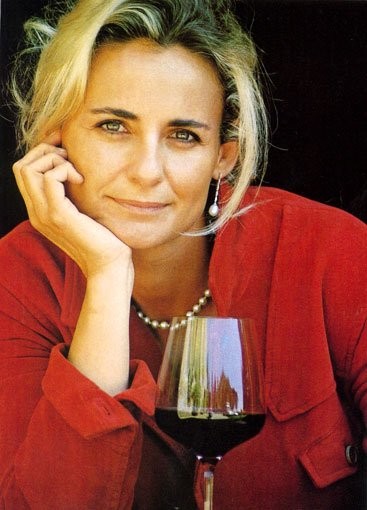 vineyard, planted in 1968, the Fabrizio Bianchi Sangioveto – then labelled as Sangioveto Grosso – a table wine exclusively from Sangiovese grapes, which triggered off the enhancement of this vine in Tuscany.
vineyard, planted in 1968, the Fabrizio Bianchi Sangioveto – then labelled as Sangioveto Grosso – a table wine exclusively from Sangiovese grapes, which triggered off the enhancement of this vine in Tuscany.
In the meantime, innovations in the cellar did not fail to arrive : as long ago as the 70’s the use of fermenting steel containers started, substituting the wooden ones, where temperature control was much more difficult. In those same years, the use of chestnut barrels was substituted with those in Slavonia oak, with sweeter and less aggressive tannins.
1974 is also the year in which the experiments in the vineyards started in order to produce a white Tuscan wine worth the name of the company : the Valdigallo vineyard was planted which was to give life to the Fabrizio Bianchi Chardonnay after some years.
In 1981 the new cellar was ready and a few months later the first harvesting of Nemo arrived : a monovarietal Cabernet Sauvignon, from the Il Mulino vineyard.
In 1986, with great boldness and courage, works for the construction of an underground tunnel started. Mario Secci, Giotto Cicionesi and Romolo Bartalesi, who had already worked in the company for many years, converting the farmhouses, took up the challenge : to hand-build 300 metres of an underground tunnel for the storing of wooden barrels, using only the marl stone coming from the ploughing of the vineyards, with the Medieval technique of arched wooden ribs to give shape to a very long and charming lowered Etruscan arch. In 1992, six years later, the work was completed and their spirit and strength still live in the energy of this masterpiece.
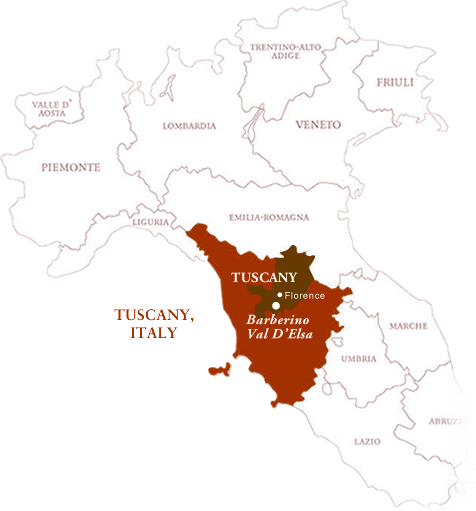 In 1989, Laura, Fabrizio’s daughter, started to work in the company and gradually learned from the land, the people who worked it and her father, the marvels and difficulties of the natural evolutive process which transforms grapes into wine.
In 1989, Laura, Fabrizio’s daughter, started to work in the company and gradually learned from the land, the people who worked it and her father, the marvels and difficulties of the natural evolutive process which transforms grapes into wine.
In 1996 another important innovation was brought to the cellar : the substitution of the traditional shape of the fermenting vats to a truncated cone one, in order to fully exploit the phenomenon of the convection of the liquids generated by their specific shape, obtaining the maximum extraction from the macerating peels using the “délèstage” system (emptying).
As from 2001, Laura and Fabrizio have been sided by the collaboration of a wine maker. From this encounter with Andrea Giovannini, a strong relationship was born where the energies coming from each one become synergies for the company, all going in the same direction.
The continuous experiments, the maximum research for quality and the great attention to each and every detail of the production process, from the vineyard to the cellar, form the DNA of this company,
